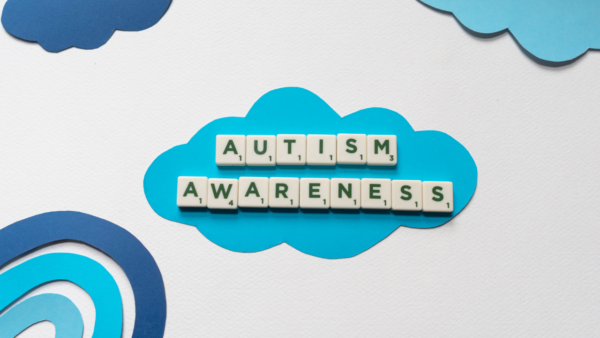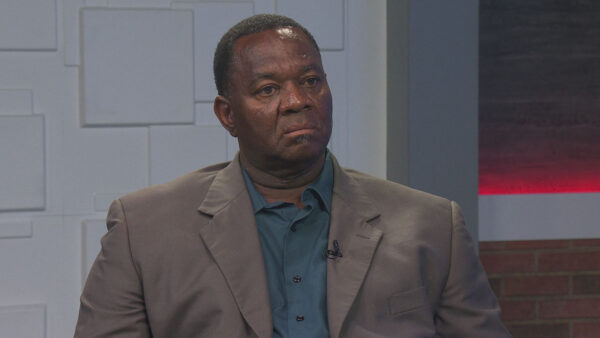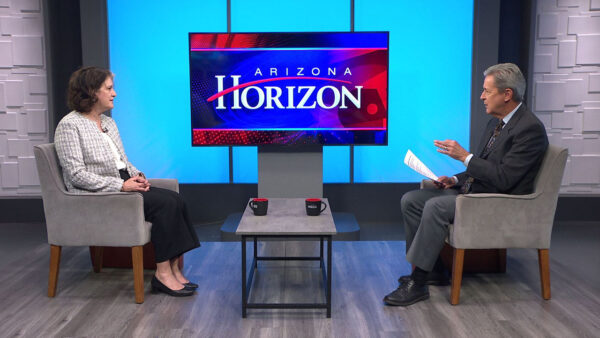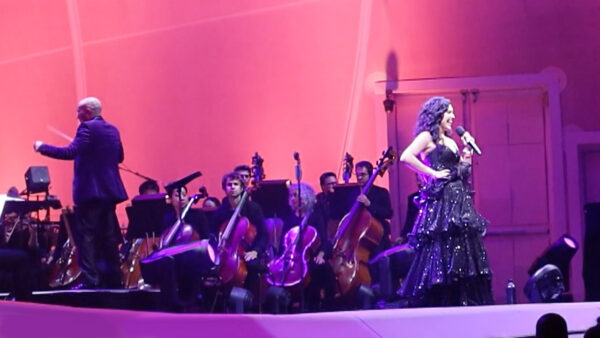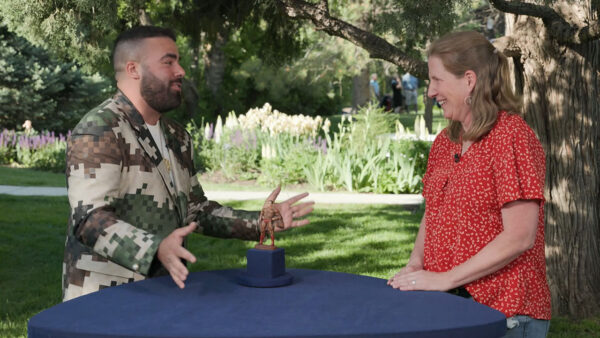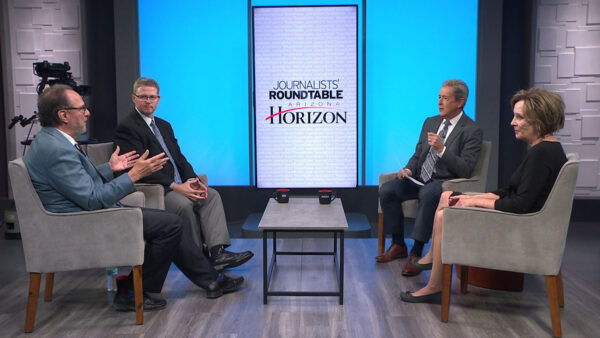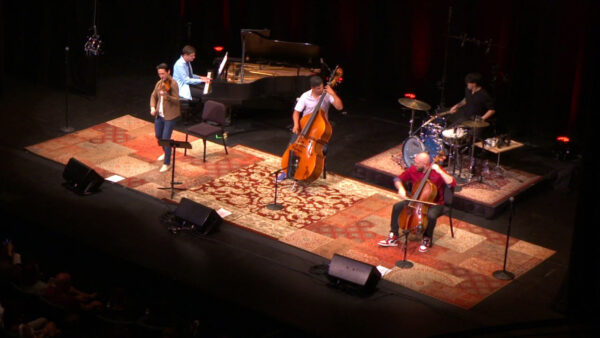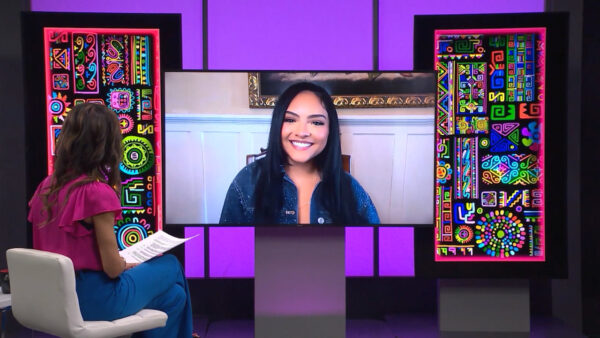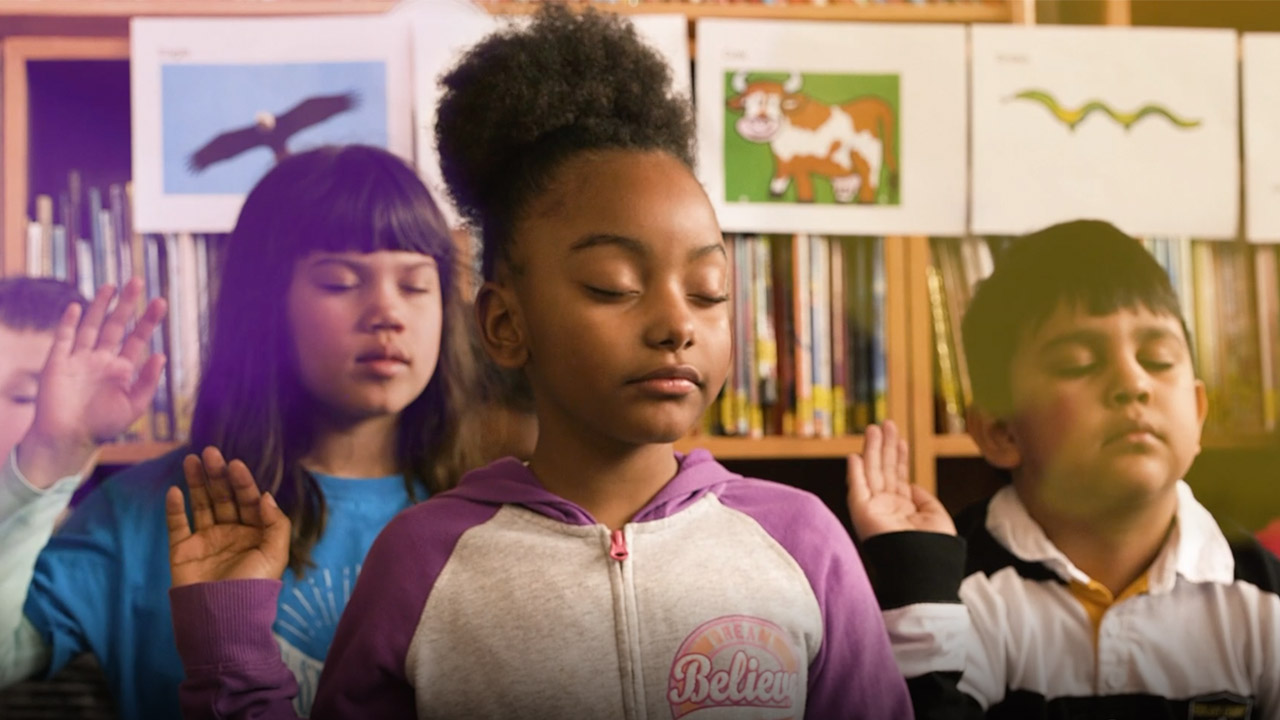
5 ways to promote mindfulness in the classroom
May 17, 2023
Did you know May is Mindfulness Month?
Every morning after the pledge, our school principal asks us to remain standing for a moment of mindfulness. Most students remain standing in silence, not knowing what to do. I have learned that mindfulness needs to be taught and modeled for our younger ones so they understand the deep meaning of the word. Once understood, this moment of mindfulness can be really impactful.
According to Mindful.org, “Mindfulness is the basic human ability to be fully present, aware of where we are and what we’re doing, and not overly reactive or overwhelmed by what’s going on around us.” Our current lives are so fast-paced that taking a minute or two to gather our thoughts and feelings can be powerful.
We can show our children and students how to practice mindfulness in five specific ways, especially in the classroom.
- Breathing. The most common way is to practice breathing techniques, model them and encourage them. Read about different breathing techniques here.
- Sensory experiences. Think about your classroom–is it a calming atmosphere? During tests or challenging independent work, consider playing calming sounds or music. A silent room can be intimidating. Do you have a “calming” area where students can gather themselves if they are overstimulated? Calming glitter jars are fun and helpful addition in these areas too!
- Guided imagery. Before beginning a new skill or topic, have students close their eyes and try to visualize what they are about to learn. You can walk them through this experience, describing a pretend journey. If you are learning about planets, walk them through what it might feel like to be in space! This experience is intended to calm their mind and zone in on a topic.
- Morning meeting or Social Emotional Learning (SEL) check-ins. Allow time in the day for students to express their feelings and get vulnerable. This can be done as a class or in private by having a digital discussion board available to them. We are so used to being on the go that we forget to really let ourselves feel. This can be a reflective time for students to dig deep into their emotions and reach out for advice if they would like. I implemented this in my classroom, and it has had a great turn out. Students feel like they can vent to me or ask me for advice. It strengthens our connection and gives them a safe space to express themselves.
- Body movement. Are you giving your students enough time to move around? Introducing positive brain breaks allows students to get their “jitters” out in a way that is not disruptive to their peers. GoNoodle has a plethora of brain breaks with an entire section on SEL and mindfulness.
In what ways do you promote mindfulness in your home or classroom? Let us know at @ArizonaEducator on Twitter or Arizona PBS KIDS on Facebook! Visit our page for more Mindfulness Month resources.
About the author
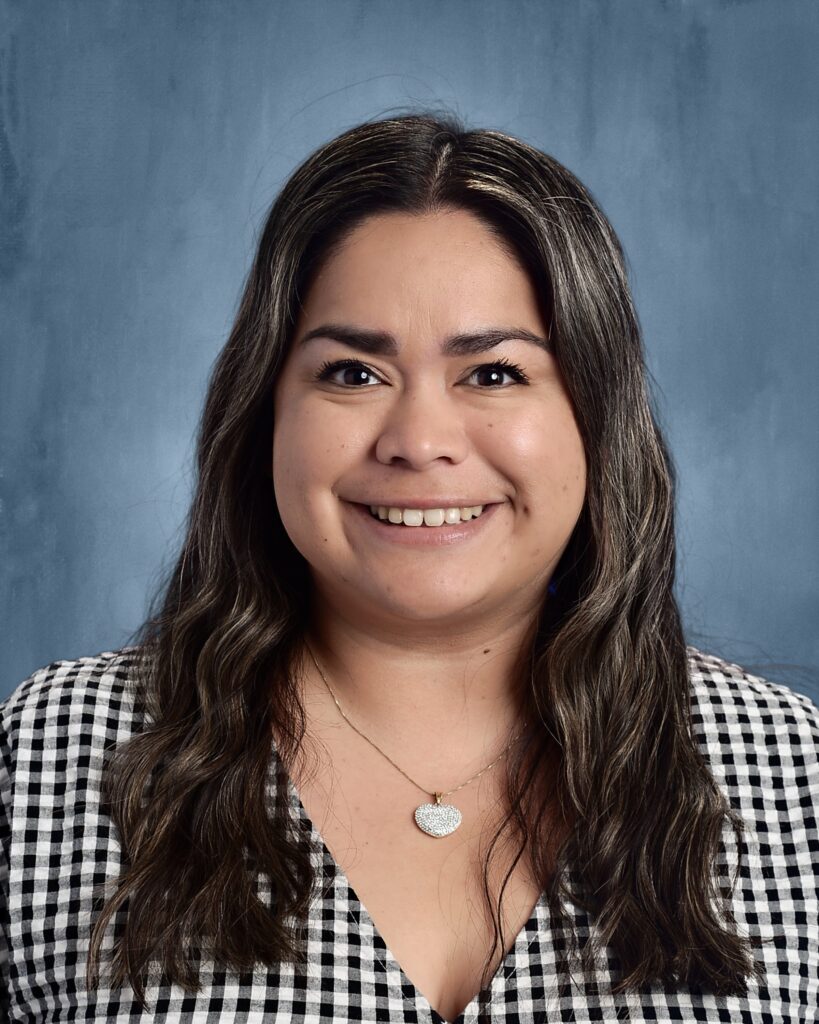
Marissa Will is the mother of two, Olivia (6) and Logan (4). Writing was her first passion: she’s a freelance writer and a Walter Cronkite School of Journalism and Mass Communication alumna. Will is currently educating the future leaders of tomorrow: She has spent the past nine years educating third grade with a master’s degree in elementary education from Northern Arizona University-Yuma.









